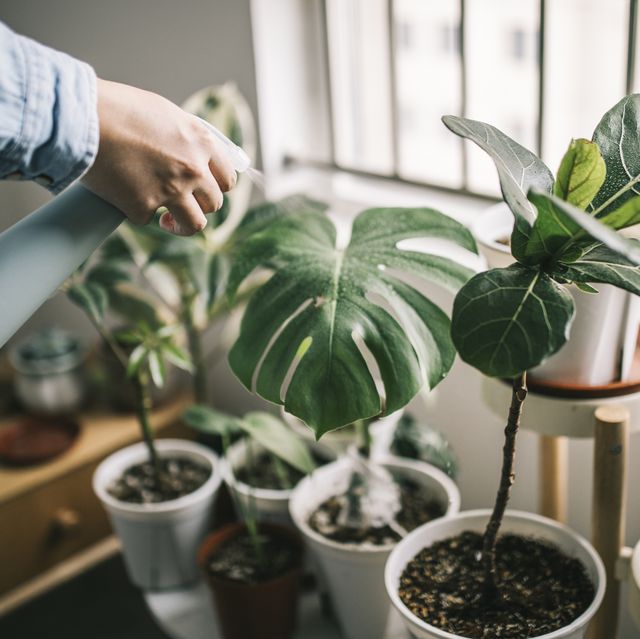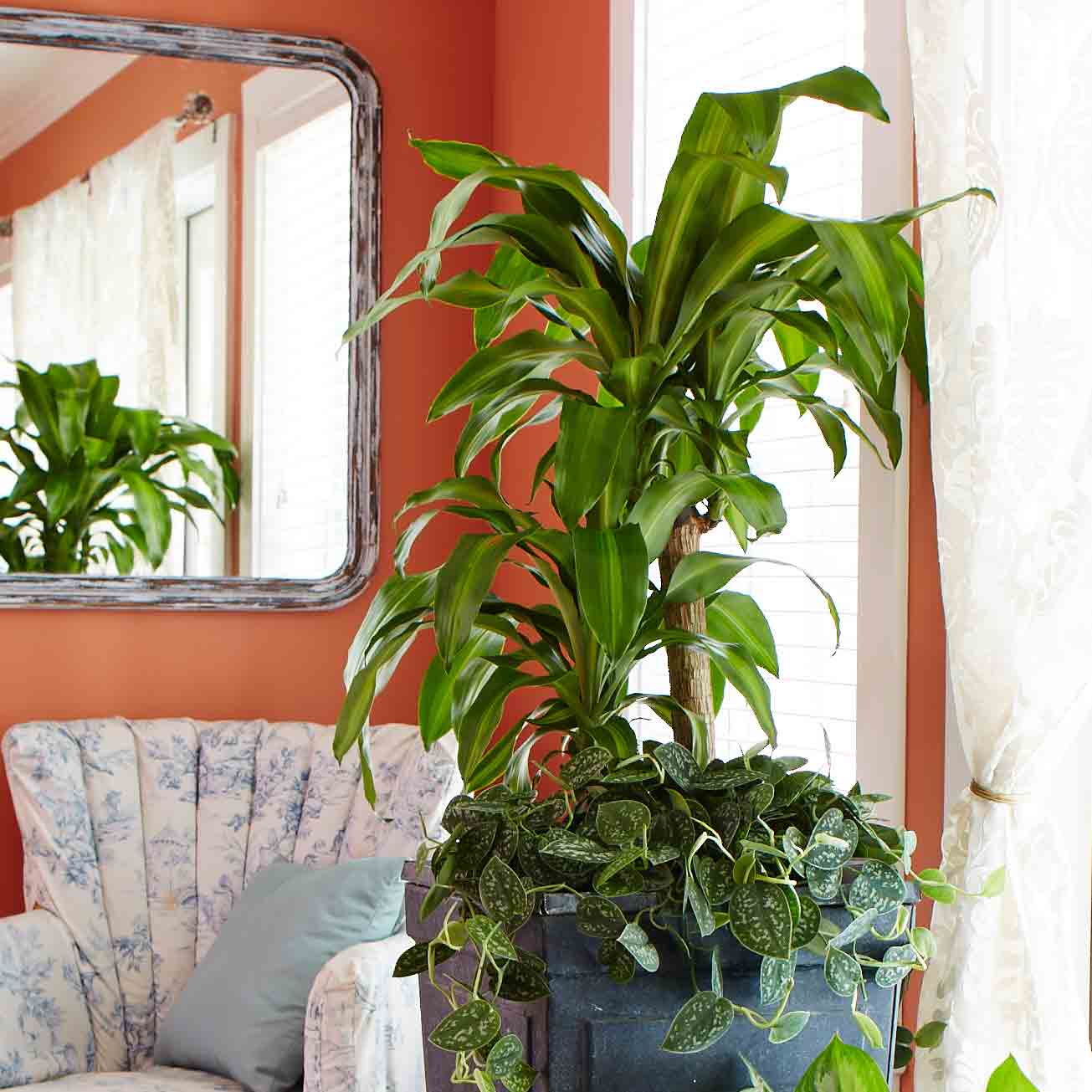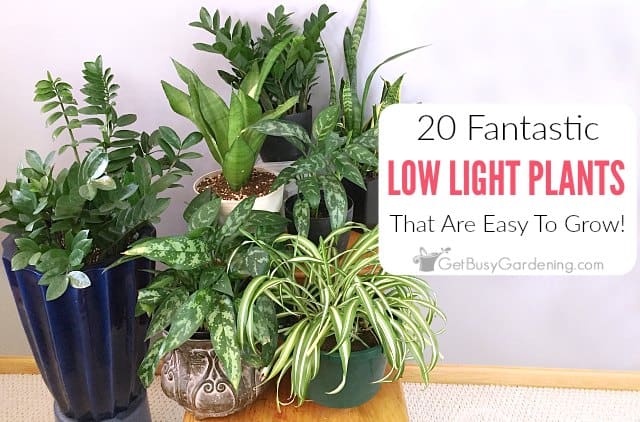Low Maintenance and Beautiful: Best Low-Light Indoor Plants for Your Home
Uncover the Secrets of Low-Light Indoor Plants and Just How They Boost Your Setting
Low-light interior plants have actually garnered boosting attention for their unique ability to boost both aesthetic allure and ecological high quality within homes and workplaces. These resilient varieties, consisting of the Snake Plant and Tranquility Lily, not just grow in difficult lighting conditions but also play a crucial role in air purification and emotional well-being.
Benefits of Low-Light Indoor Plants
Although many individuals presume that interior plants need bountiful sunshine to flourish, low-light indoor plants provide a wide variety of advantages that make them ideal for various environments. Among the key advantages is their flexibility; they can grow in areas with limited all-natural light, such as workplaces, cellars, or rooms with small windows. This attribute enables individuals to boost their surroundings with greenery, adding to improved visual appeals without the requirement for substantial lighting adjustments.
Additionally, low-light interior plants can considerably enhance indoor air top quality by releasing and filtering system unsafe toxic substances oxygen, making living rooms healthier. The visibility of plants has actually been linked to higher feelings of peace and emphasis.
Moreover, low-light plants often need much less maintenance than their sun-loving counterparts, making them optimal for hectic individuals or those new to horticulture. Their strength allows them to flourish with minimal intervention, hence offering a fulfilling experience for plant lovers and beginners alike. In summary, low-light interior plants offer both aesthetic and practical functions, making them useful enhancements to any type of area.
Top Low-Light Plant Varieties
Low-light interior plants can be found in a variety of types, each offering special qualities and advantages matched for dark settings. Among the most prominent varieties is the Serpent Plant (Sansevieria), understood for its building fallen leaves and air-purifying capabilities. This resistant plant thrives on forget and can endure a vast array of light problems.
One more excellent option is the ZZ Plant (Zamioculcas zamiifolia), which features shiny, dark environment-friendly fallen leaves and is very drought-tolerant. Its adaptability makes it a preferred for workplaces and homes with limited sunlight.
The Pothos (Epipremnum aureum) is also a leading competitor, with its routing creeping plants and heart-shaped fallen leaves - Best low-light indoor plants. This versatile plant can be educated to climb up or cascade, adding aesthetic interest to any area

Care Tips for Low-Light Plants
Taking care of low-light indoor plants needs a nuanced understanding of their certain needs to ensure optimum development and vigor. First, it is necessary to pick the right potting mix, as a well-draining dirt is crucial to avoid origin rot. A mix developed for houseplants, often having peat moss and perlite, works well for the majority of low-light ranges.
Watering is one more vital aspect of care. Low-light plants normally need much less constant watering contrasted to their sun-loving equivalents.
Fertilization must be come close to with caution. Throughout the expanding season, a diluted fluid fertilizer can be applied monthly, however in cold weather, numerous low-light plants go into inactivity and require little to no fertilization.
Finally, it is essential to regularly cleanse the fallen leaves to get rid of dirt, enabling better light absorption. By adhering to these care pointers, you can cultivate a thriving environment for your low-light indoor plants, enhancing both their appearance and long life.
Enhancing Air Top Quality With Plants
Interior plants play a significant function in improving air high quality within homes and workplace. Through the procedure of photosynthesis, these plants soak up co2 and launch oxygen, adding to a much healthier ambience. Furthermore, specific low-light indoor plants have the capability to filter unsafe toxins, such as formaldehyde, trichloroethylene, and benzene, which are generally located in indoor environments.

Additionally, the presence of interior plants can increase moisture degrees, which assists alleviate completely dry skin and breathing concerns, further boosting overall health. This ability to improve air quality not only advertises physical health yet additionally sustains psychological wellness.
Integrating low-light interior plants right into your living and working areas can lead to an extra stimulating and vibrant atmosphere (Best low-light indoor plants). Investing in these natural air cleansers is a simple yet effective approach for improving interior air top quality and fostering a much healthier lifestyle
Producing a Calm Indoor Room
The integration of plants right into living spaces have a peek here not just enhances air quality however likewise contributes to a peaceful environment. Low-light interior plants, such as serpent plants and pothos, are specifically effective in developing a tranquil environment, as they flourish in problems that might or else be unwelcoming for other greenery. Their rich foliage supplies a soothing visual, decreasing tension and promoting relaxation.
Integrating these plants right into your home or office can evoke a feeling of tranquility and health. Strategically placing them in locations where you invest considerable time, such as living spaces or work spaces, enables for an immersive experience with nature, which has been shown to improve mood and cognitive feature.
Moreover, the gentle motion of leaves in reaction to air movement can develop a vibrant visual element that improves the total atmosphere. Consider making use of a selection of plant heights and textures to add deepness and rate of interest to your space. With thoughtful placement and care, low-light interior plants can transform any type of area into a serene refuge, promoting not just visual contentment however psychological and likewise psychological wellness.

Final Thought
Incorporating low-light interior plants right into different settings yields substantial benefits, consisting of enhanced air top quality and improved visual appeal. These durable types Full Report not just thrive in very little light yet likewise contribute to a soothing ambience, promoting emotional and mental wellness. By choosing ideal varieties and implementing appropriate treatment strategies, people can effectively cultivate a tranquil interior room that fosters wellness and efficiency. The transformative power of low-light plants emphasizes their worth in enhancing both work-related and household settings.
Although many individuals presume that indoor plants need abundant sunshine to thrive, low-light interior plants provide a wide variety of benefits that make them perfect for numerous environments.In addition, low-light indoor plants can considerably enhance interior air high quality by releasing and filtering system damaging toxins oxygen, making living rooms healthier. Furthermore, particular low-light indoor plants have the capacity to filter damaging pollutants, such as benzene, formaldehyde, and trichloroethylene, which are generally found in indoor atmospheres.
Low-light indoor plants, such as snake plants and pothos, are especially reliable in developing a serene have a peek here atmosphere, as they grow in conditions that may otherwise be inhospitable for other greenery.Including low-light interior plants right into various settings yields considerable benefits, including enhanced air high quality and boosted visual appeal.